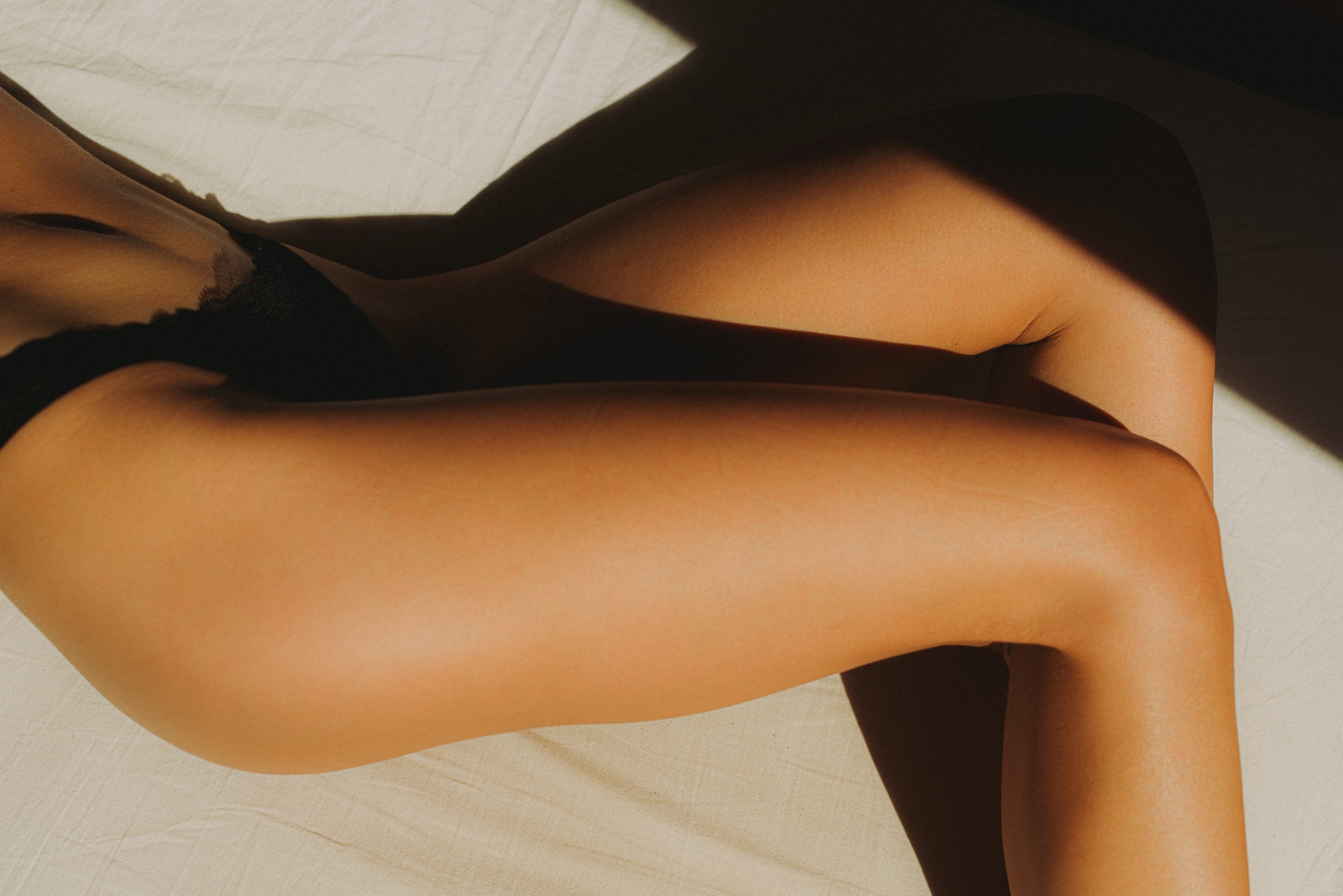
Photo by Dainis Graveris on Unsplash
Self-tanning products have been around for several decades. They were terrible at first. Not only did they stink, but people would look patchy and orange. The color would last only 2-3 days, and when it started to wash off, you were in trouble because it would look very streaky.
Fortunately, since then, the cosmetic industry has made a lot of effort, and self-tanning products have been perfected.
I have extremely fair skin, and self-tanners are a lifesaver for me. I am as white as Casper the Friendly Ghost, and I always hated being that pale and regretted that I couldn’t get a nice tan in the sun.
When I lived in New York in my 20s, self-tanning creams first came out. I remember an interview with Jennifer Aniston, who said that she uses these products because she protects herself from the sun and avoids tanning due to wrinkles and the dangers of UVA and UVB rays.
That was when Nicole Kidman would run around in long sleeves and tights with a cap and gloves – even in the summer!!!
And then I started to research it a little and realized that in Hollywood, NO ONE actually tans, but everyone uses these products. Vanity is strong with Hollywood folks, and any lil’ wrinkle or anything that would make you look older is a big no-no!
And somehow, the use of these products became normal. If all the celebs (even those who can naturally tan) use it, I’ll try it too, I thought.
Sadly, until just a few years ago, it was still a big taboo, and people weren’t that much into it.
It was only through social networks, YouTube influencers promoting self-tanners left and right, and pressure to raise awareness about the harmfulness of the sun’s rays that people began to use SPF more often and to reach for such products to achieve a nice tan.
However, there is still a stereotype among many people about self-tanning products. I often hear comments like, “I think it looks horrible.” Behind this lies a simple lack of awareness of how advanced the technology of self-tanning products actually is.
Such people have probably seen bad examples or remember from the old days when self-tanners were much lower quality.
Today, most people don’t even know a lot of (mostly) women use these products, and one probably thinks we have a nice natural tan. 🤭
I’ve been using self-tanning products for over 20 years, and believe me, no one has ever told me I look orange or horrible. Friends regularly ask me where I got such a nice tan (considering how white I am usually) or if I was on vacation.
And so, since this article would be too long to write everything you need to know before you start using self-tanning products and explain the self-tanning process itself, I will write it in two parts.
So let’s first see what self-tanning products are, what types there are, which ones are the best, and bust some myths about them.
What Are Self-Tanners
Self-tanners are cosmetic products used to achieve a tanned appearance of the skin without exposing it to harmful UV rays.
They usually come as foam, lotion, spray/mist, wipes, or gel.
These products work through active ingredients that react with amino acids in the upper layer of the skin, leading to a change in skin color, i.e., darkening.
The most common active ingredient in self-tanners is dihydroxyacetone (DHA). DHA is what gives these products that specific smell. So, the strength of that smell will depend on the amount of DHA in the self-tanning product.
However, some self-tanners use 100% naturally derived DHA or no DHA at all. They are suitable for people who are allergic to DHA or have very sensitive skin.
I am one of those with very sensitive skin, and I use self-tanning products with DHA because they have proven to be much better quality. Most self-tanners have a small enough percentage of DHA that it is not dangerous to health at all.
It is recommended to perform patch testing on a small part of the skin before general application to check the skin’s reaction and avoid possible allergic or irritating reactions.
Unlike tanning in the sun or in tanning beds, which is very dangerous for your skin due to UV radiation, getting a nice tan with self-tanners is the safest way because you are not exposed to these harmful UV rays and thus prevent the formation of premature wrinkles. And you can still achieve a tanned complexion.
Since tanning beds have been proven harmful and dangerous for the skin, self-tanning products have also been raised as potentially harmful. Despite this, they have not been proven harmful to the skin if used according to directions.
In 2021, some articles popped up about how the EU plans to limit the amount of DHA used in all products until its harmfulness is tested, i.e., to limit its concentration to 10%. As the vast majority of self-tanning products use around 3%, there are no changes in their production or restrictions on application.
In America and other countries, they have not set this regulation at all for now.
Myths About Self-Tanning Products
Myth 1: I will be orange and look like Oompa Loompa from Charlie and the Chocolate Factory
False!
Most self-tanning products today have advanced so much in quality that nowadays, very few will leave you looking orange. Personally, not a single brand I’ve ever tried, and believe me, I’ve tried a lot of them, has left me looking orange.
Moreover, the technology behind self-tanning has developed so much that there are even self-tanning products that adapt to your exact skin tone, but more on that later.
Myth 2: My skin will smell like a roast
Hmmm, this is mainly incorrect! Most self-tanners don’t have that typical smell anymore. Some cheaper variants or those with more DHA have a slightly more intense smell.
In principle, if the smell does appear, it only lasts a little during the color development. After the first shower, especially if you apply a nice-smelling lotion, your skin won’t stink.
The self-tanning products I use have no fragrance, and some even smell very nice of coconut, like Coco&Eve — which is one of my favorites.
Myth 3: The color doesn’t last long, and the self-tanning process must be repeated every few days
This is also no longer true. The color now lasts a minimum of 4-5 days, and often even up to a week, with proper care after self-tanning.
Unless you are on vacation and spend a lot of time in the water, then, of course, it lasts shorter, but more on that later.
Myth 4: Self-tanning products make you look streaky like a tiger
If you do the self-tanning correctly (read my next post with step-by-step instructions!!!), this will definitely not happen to you.
You can really achieve a beautiful, even color with self-tanning products. That tan will look more even than a sunbathing tan. I mean, who frys in the sun anymore?!?
Myth 5: When the color starts to wash off, you look terrible and patchy
Again, most self-tanning products today wash off nicely and gradually. After 4-5 days, you’ll notice you’re lighter than the first day but still have color. I recommend doing self-tanning once a week. During that period, you will look a little brighter only in the last day or two.
Types of Self-Tanning Products
There are several types of self-tanners. Your choice will depend on your preference, experience, and skill, as some dry faster than others – like foam/mousse.
If the self-tanning product is tinted, that is called a color guard/guide, which means it serves as a guide for a better and more even application. But products can be transparent (mists and sprays) or white (lotions).
Foam/mousse
Personally, I prefer tinted mousses the most. There are several reasons for this. First, you can see precisely where you applied the product, and it dries faster.
However, if you are doing this for the first time and are not experienced, mousses can be tricky for this very reason, so I recommend beginners to use a lotion or cream.
With mousse, you must work fast and know exactly what you are doing!
Lotions and creams
These were the first self-tanning products to exist. They are a good choice for those not experienced in applying self-tanner.
They are easy to apply but often white (not tinted), so it is more difficult to apply them evenly. Also, they take a little longer to dry but leave a much better feeling on the skin because they are more hydrating than foam or gel.
Gel
Other than wipes, this type of self-tanning product is the worst for me. The advantage is that it dries quickly, but that’s precisely why, as with the foam, you have to work fast. It often absorbs into the skin unevenly and tends to get streaky, IMO.
Wipes
Total failure. Who has the energy or skill for this??? There is no way it can be applied properly. The only plus is that it is practical for traveling and more suitable for the face than the whole body.
Spray/mist
A spray tan is something you can do in a beauty salon or at home. It can be pricey to do in the salon. I still have phobias about it after that infamous Ross spray-tan fiasco from Friends. 🤣
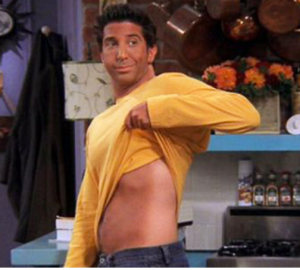
Otherwise, sprays are good for hydration, and, in principle, the color turns out well. If they are tinted, then it is an excellent type of product. Applying it could be messy, though, as you need to be careful not to spray your floor or wall.
I’m not too fond of mists because they’re transparent, so it’s harder to know if you’ve applied the product evenly.
Regarding self-tanning for the face, I do not recommend using self-tanners intended for the body.
The skin on the face is different from the skin on the body, although some people also put many body products on their faces. To each their own! 🤷🏼♀️
Instead, buy drops you can add to your moisturizer or serum. Or use self-tanning face mist. There are also special self-tanning serums for the face.
So you have options…just don’t apply body self-tanner to your face, please!
The Best Self-Tanning Products on the Market, IMO
Coco&Eve — This foam is perfect and tinted, so you can see exactly where and how much you’ve applied. It has a pleasant scent during application and, more importantly, doesn’t have a strong odor when the tan develops. The color is beautiful and natural, and it’s available in 3 shades. It rinses off nicely and gradually without leaving streaks.
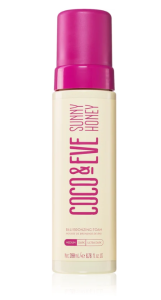
Tanceuticals — This has been my favorite for a long time. It’s also a tinted foam that gives the most beautiful color to my skin that lasts the longest. It also rinses off the best and has a mild scent. I highly recommend giving it a try.
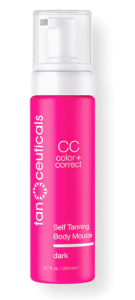
Vita Liberata — The most expensive on this list, but phenomenal. This one lasts up to 10 days, but I’ve only tried the lighter shade so far, and it wasn’t dark enough for me. It has no odor. Apparently, they’ve changed the formula, and I’ve read comments saying it’s not as good anymore. I haven’t tried the new formulation, so I can’t give a final verdict. It’s also a tinted foam.
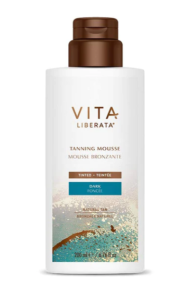
Bondi sands — Though they have many self-tanners, this one is from their new collection they’ve been developing for a long time. It adapts to your individual skin tone. There are 4 shades for each skin tone. Since I got the one for fair skin, the color is currently dark enough for me, but I might want to be darker in the middle of summer. It doesn’t have a strong smell, rinses off nicely and gradually, and the color lasts for about a week. It’s a tinted foam.
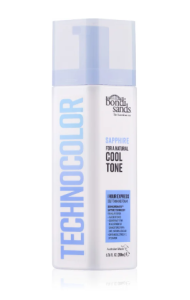
Although St. Tropez is the most well-known self-tanner on the market, and many people love them, I’m not a fan of their self-tanning products. I do like some of their other products, like the One Night bronzer.
All the above-mentioned self-tanning products have proven to be much better for me. St. Tropez self-tanners looked too olive on my skin and had a slightly stronger scent compared to other brands. The color lasted only 4-5 days. I’ve tried 2-3 of their self-tanning products because they have multiple kinds. So, my conclusion is that they are not worth the hype.
However, they might work well for your skin, so don’t think they are bad products.
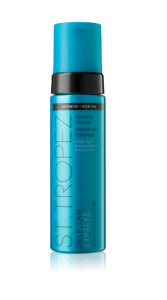
WARNING!!!
Self-tanning products do not contain SPF and DO NOT PROVIDE sun protection. Just because you have a “tan” doesn’t mean it’s sufficient for sunbathing, and you don’t need to apply SPF! YOU DEFINITELY SHOULD!!!
Now, go get yourself a self-tanner. Take your time to research which will be the best based on your skin tone and the desired shade you want to achieve.
Until then, the second part of this article, with step-by-step instructions on how to successfully apply self-tanner for the perfect color, will be published.
If you have any questions, feel free to leave them in the comments. If you have been using self-tanners before, tell us which one you like the most.
Thank you for reading!



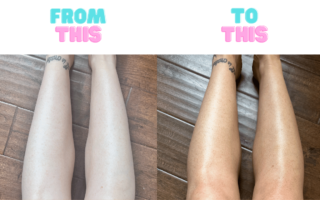
[…] Whether you’re about to go on a vacation and don’t want to blind people on the beach with your pale skin, or the warm weather caught you unprepared for summer, read on to get the best tips & tricks for that sun-kissed goddess glow. […]